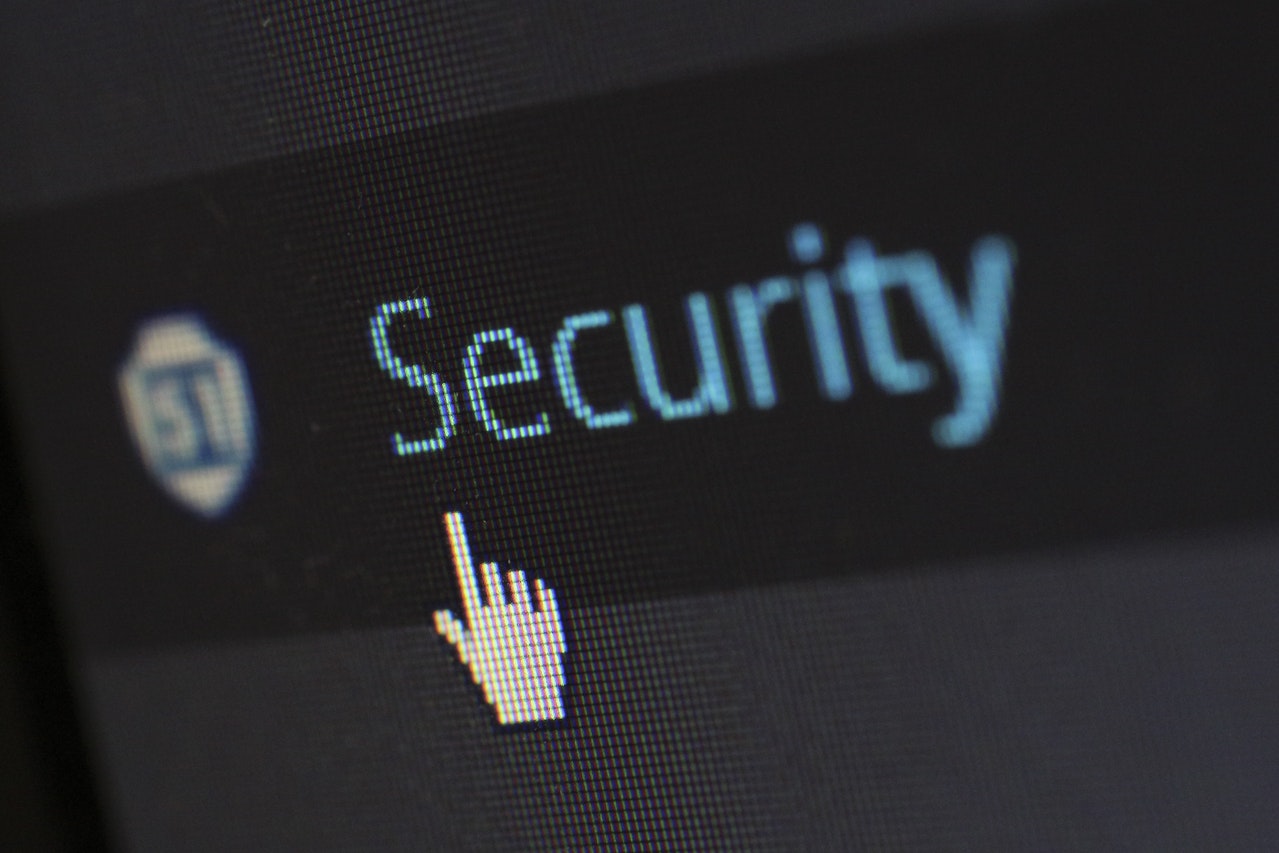Unleashing Zero Trust: Cybersecurity’s Game-Changer!

In today’s rapidly evolving digital landscape, the need for robust cybersecurity measures has become more critical than ever before. Traditional security approaches can no longer protect sensitive information and assets from sophisticated cyber threats. This is where Zero Trust Architecture (ZTA) comes into play as a game-changer, offering a revolutionary approach to cybersecurity that can provide enhanced protection and resilience against modern cyber-attacks.
Understanding Zero Trust Architecture
Zero Trust Architecture, a security framework, operates on the premise that no user or device, both within and outside the network, can be inherently trusted. This approach challenges the traditional perimeter-based security model and focuses on securing individual resources and data, regardless of location. In a Zero Trust environment, every user, device, and application is continuously verified and authenticated before granting access to any resources.
Zero Trust Architecture follows the motto of “never trust, always verify.” Embracing this strategy enables organisations to greatly diminish unauthorised access and data breaches. The core of Zero Trust Architecture lies in its constant authentication and verification of users, devices, and applications. This ongoing scrutiny ensures that even if users gain initial access, their privileges are continuously evaluated throughout their session to confirm their legitimacy.
Key Principles of Zero Trust Architecture
To implement a Zero Trust Architecture effectively, it is essential to understand and adhere to its fundamental principles. These principles provide the foundation for developing a robust security framework:
Least Privilege Access
Zero Trust Architecture follows the principle of least privilege access, which means that users and devices are only granted the minimum level of access necessary to perform their tasks. This helps minimise the potential damage in case of a breach, as attackers would have limited access to critical resources.
Implementing least privilege access involves defining granular access controls based on user roles and responsibilities. By limiting access to only what is required for each user or device, organisations can reduce the attack surface and prevent unauthorised access to sensitive information.
Continuous Verification
Unlike traditional security models that rely on one-time authentication, Zero Trust Architecture emphasises continuous verification. This involves constantly monitoring and reassessing users, devices, and applications throughout their entire session, ensuring their privileges remain warranted.
Continuous verification can be achieved through various means, such as real-time monitoring of user behaviour, endpoint security solutions, and identity and access management systems. Organisations can detect and prevent potential security breaches by continuously verifying the legitimacy of users, devices, and applications.
Microsegmentation
Microsegmentation is a crucial component of Zero Trust Architecture, where the network is divided into smaller segments or zones. Each segment has unique security controls, allowing organisations to isolate critical assets and restrict lateral movement within the network. This approach minimises the potential impact of a security breach by containing it within a limited area.
Implementing micro-segmentation involves defining and enforcing strict access controls between network segments. Organisations can prevent unauthorised access and limit the spread of a security breach by segmenting the network and applying specific security policies to each segment.
Multi-Factor Authentication
Traditional username and password combinations are no longer sufficient to protect against advanced cyber threats. Zero Trust Architecture emphasises using multi-factor authentication (MFA) to add an extra layer of security. Before accessing resources, MFA requires users to provide multiple verification forms, such as a password, biometric data, or a security token.
Implementing MFA involves integrating authentication mechanisms that go beyond traditional passwords. This can include biometric authentication, such as fingerprint or facial recognition, or security tokens. By requiring multiple forms of verification, organisations can significantly enhance the security of their systems and prevent unauthorised access.
Comprehensive Logging and Monitoring
Zero Trust Architecture emphasises the importance of comprehensive logging and monitoring to detect and respond to security incidents. By collecting and analysing data from various sources, organisations can gain valuable insights into potential threats, enabling them to take proactive measures to mitigate risks.
Implementing comprehensive logging and monitoring involves deploying robust security information and event management (SIEM) systems and intrusion detection systems (IDS). These systems collect and analyse data from network devices, endpoints, and security logs to identify suspicious activities and potential security breaches. By monitoring the network and analysing logs in real-time, organisations can detect and respond to security incidents promptly.
Benefits of Zero Trust Architecture
Implementing a Zero Trust Architecture offers numerous benefits that can significantly enhance an organisation’s cybersecurity posture:
Enhanced Security
By assuming that no user or device can be trusted by default, Zero Trust Architecture eliminates blind spots and reduces the attack surface. This approach ensures that only authorised entities can access critical resources, minimising the risk of unauthorised access and data breaches.
With Zero Trust Architecture, organisations can implement strict access controls, authenticate and verify users continuously, and segment the network to contain potential security breaches. By adopting these measures, organisations can significantly enhance their security posture and protect sensitive information from unauthorised access.
Increased Flexibility
Due to rigid access control policies, traditional security models often hinder productivity and collaboration. Zero Trust Architecture, however, allows organisations to embrace emerging technologies and flexible work environments by providing secure access to resources from anywhere and at any time.
With Zero Trust Architecture, organisations can implement secure remote access solutions, such as virtual private networks (VPNs) and secure access service edge (SASE) solutions. These solutions enable employees to securely access resources and collaborate with colleagues from any location without compromising security.
Improved Incident Response
With comprehensive logging and monitoring capabilities, Zero Trust Architecture enables organisations to detect and respond to security incidents more effectively. By analysing real-time data and identifying patterns, potential threats can be mitigated promptly, minimising the impact of security breaches.
Implementing Zero Trust Architecture allows organisations to monitor network traffic, user behaviour, and access logs in real-time. This enables them to identify suspicious activities, detect potential security breaches, and respond promptly to mitigate risks. By having a proactive incident response system, organisations can minimise the impact of security incidents and prevent further damage.
Regulatory Compliance
In today’s regulatory landscape, organisations must meet stringent data protection and privacy standards. Zero Trust Architecture helps organisations comply with regulations by ensuring secure access, monitoring, and control of sensitive data, reducing the risk of non-compliance penalties.
By implementing Zero Trust Architecture, organisations can enforce strict access controls, continuously verify user identities, and monitor data access and usage. These measures enhance security and ensure compliance with regulations, such as the General Data Protection Regulation (GDPR) and the California Consumer Privacy Act (CCPA).
Scalability and Future-Proofing
Zero Trust Architecture is inherently scalable, allowing organisations to adapt to changing business needs and technological advancements. This future-proof approach ensures that cybersecurity measures remain practical and relevant as new threats and technologies emerge.
As organisations grow and adopt new technologies, Zero Trust Architecture can quickly scale to accommodate these changes. The principles of least privilege access, continuous verification, micro-segmentation, and multi-factor authentication can be applied to new systems and technologies, ensuring that cybersecurity measures remain robust and effective.
Implementing Zero Trust Architecture
Implementing Zero Trust Architecture requires careful planning and integration into an organisation’s infrastructure. Here are some key steps to consider:
Assessment and Inventory: Conduct a comprehensive network infrastructure assessment, identifying critical assets and mapping user and device access.
Organisations must assess their network infrastructure before implementing Zero Trust Architecture, identify critical assets, and understand how users and devices access these resources. This assessment helps organisations determine the scope and requirements of the implementation process.
Segmentation and Access Controls: Implement micro-segmentation to isolate critical resources and define granular access controls based on user roles and responsibilities.
Microsegmentation involves dividing the network into smaller segments or zones, each with unique security controls. Organisations should identify and segment critical resources accordingly, implementing strict access controls based on user roles and responsibilities. This helps prevent unauthorised access and contains potential security breaches within limited areas.
Multi-Factor Authentication: Enforce robust authentication mechanisms such as MFA to reduce the risk of unauthorised access.
Organisations should implement multi-factor authentication (MFA) to enhance user access security. Before accessing resources, MFA requires users to provide multiple verification forms, such as a password, biometric data, or a security token. Organisations can significantly reduce the risk of unauthorised access and protect sensitive information by enforcing MFA.
Continuous Monitoring: Implement a robust monitoring system that collects and analyses data from various sources to detect and respond to potential threats in real time.
Organisations must implement a robust monitoring system to effectively detect and respond to security incidents. This system should collect and analyse data from network devices, endpoints, and security logs in real time. Organisations can continuously monitor the network, identify suspicious activities, detect potential security breaches, and respond promptly to mitigate risks.
Education and Training: Educate employees about the principles and importance of Zero Trust Architecture, emphasising their role in maintaining a secure environment.
Implementing Zero Trust Architecture requires the active participation of employees. Organisations should educate and train their employees about the principles and importance of Zero Trust Architecture. This includes raising awareness about the risks of cyber threats, providing guidelines for secure access, and emphasising the role of employees in maintaining a secure environment.
Regular Assessments and Updates: Continuously evaluate and update the Zero Trust Architecture implementation to adapt to evolving threats and technological advancements.
Cyber threats and technologies constantly evolve, so organisations must regularly assess and update their Zero Trust Architecture implementation. This includes reviewing access controls, monitoring systems, and authentication mechanisms to ensure they remain effective. Organisations can maintain a robust security posture and protect against emerging threats by staying proactive and adaptive.
Conclusion
Zero Trust Architecture represents a paradigm shift in cybersecurity, providing a proactive and holistic approach to protect organisations from modern cyber threats. Organisations can significantly enhance their security posture by challenging the traditional perimeter-based security model and implementing principles such as least privilege access, continuous verification, micro-segmentation, multi-factor authentication, and comprehensive logging and monitoring. The benefits of Zero Trust Architecture, including enhanced security, increased flexibility, improved incident response, regulatory compliance, and scalability, make it a game-changer in the ever-evolving world of cybersecurity.
Be sure to check out our other related posts if you enjoyed this one:
- The Rise of Collaborative Robots: Transforming Industries
- Unmasking Cyber Secrets: The Art of Deception Revealed!
- Decoding Cyber Threats: The Social Engineering Menace
- Unlock the Ultimate Quest: Ready Player One’s Audio Adventure!
- Revolutionising Wellness: Metaverse Therapy Unleashes Mental Liberation!
- Code Mastery Unleashed: Transform Your Skills with Clean Code by Robert C. Martin! 🚀
- Top Must-Have Tech Gadgets for Kids – Unbelievable Fun!
- Mastering Crypto Trading: Proven Strategies
- Unveiling Ethereum 2.0: Advancements & Impact
- AI Transforms E-Commerce: A Digital Revolution
Sign up for updates on this blog and our latest posts if you enjoyed reading this one.
FAQ
What is Zero Trust Architecture?
Zero Trust Architecture, a security framework, operates under the premise that no user or device can be inherently trusted, emphasising the protection of individual resources and data irrespective of their location.
What are the key principles of Zero Trust Architecture?
The key principles of Zero Trust Architecture are least privilege access, continuous verification, micro-segmentation, multi-factor authentication, and comprehensive logging and monitoring.
What are the benefits of implementing Zero Trust Architecture?
Implementing Zero Trust Architecture offers enhanced security, increased flexibility, improved incident response, regulatory compliance, and scalability.
How can organisations implement Zero Trust Architecture?
Organisations can implement Zero Trust Architecture by conducting an assessment and inventory, implementing segmentation and access controls, enforcing multi-factor authentication, implementing continuous monitoring, providing education and training, and regularly assessing and updating the implementation.
Credits
Featured image by Freepik.









